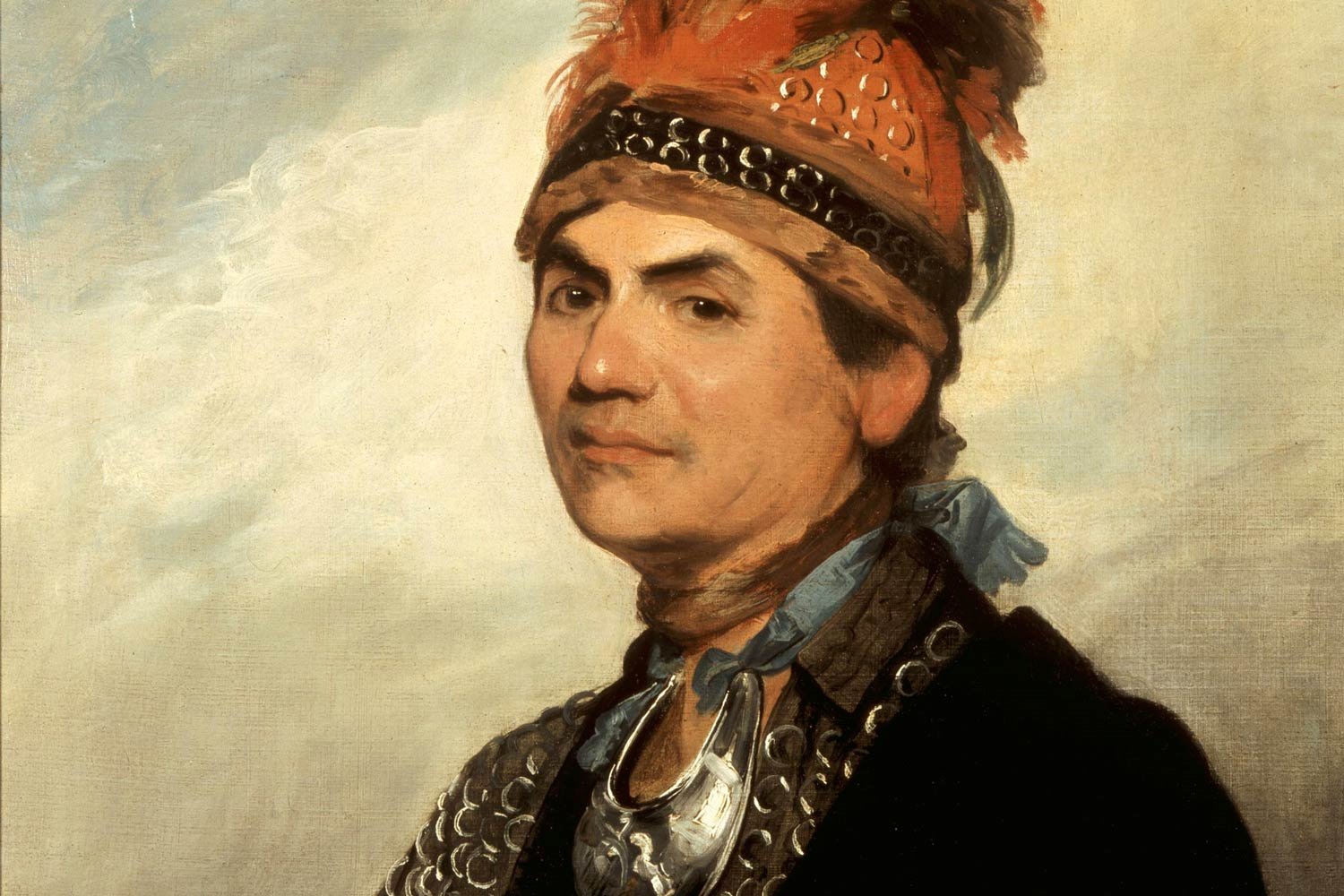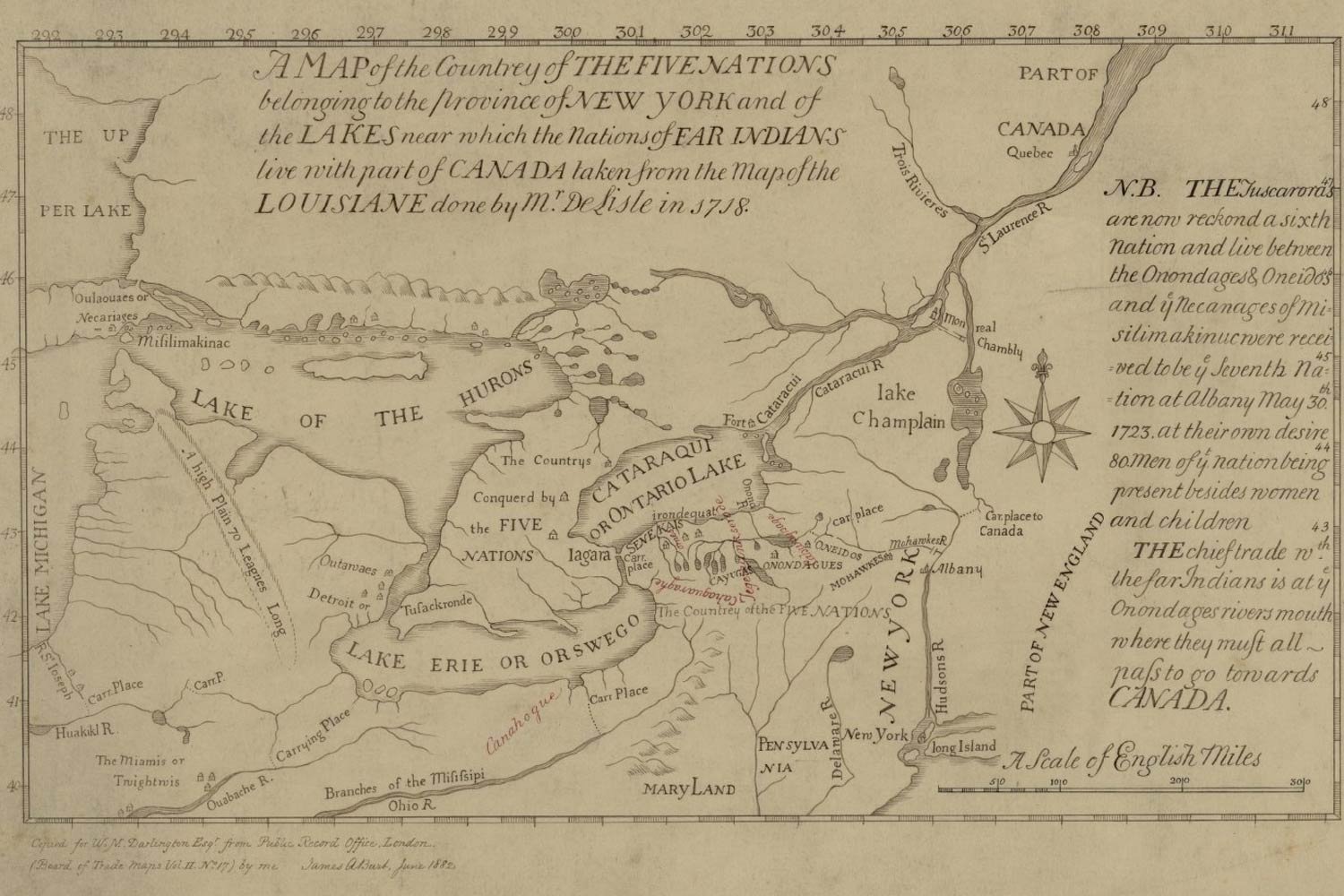The Cherry Valley Massacre
In October 1778, following the Wyoming Valley Massacre, a contingent of Continental soldiers destroyed two prominent Indian towns. In retaliation, Walter Butler, a Loyalist Captain, led 500 Loyalists and Iroquois to the thriving town of Cherry Valley, New York, 60 miles west of Albany. When Butler’s Loyalist and Indian contingent fell on Cherry Valley in a swirling snowstorm at dawn on November 11, the garrison and villagers were caught completely off-guard. The butchery that followed was unprecedented, and Butler made little effort to control it.
Tom Hand, creator and publisher of Americana Corner, explores the events that led to the Cherry Valley Massacre, and why it still matters today.
Images courtesy of The New York Public Library, Library of Congress, New York Historical Society Museum and Library, Yale University Art Gallery, Wikipedia.





By the spring of 1780, the bloody civil war in the Mohawk Valley had been raging for four long years. The suffering in the region was universal, having affected Loyalists, Patriots, and the Iroquois Confederacy. Despite the punitive Sullivan Expedition in the fall of 1779 which laid waste to the heart of the Iroquois homeland, the Loyalists and Indians were not vanquished.